London has many attractions, famous museums, castles, addresses and squares. Among them, a special place is occupied by Trafalgar Square, which itself is, as well as a place for other significant buildings and monuments. Trafalgar Square is one of the most visited places in the capital of Great Britain by tourists.
History of Trafalgar Square
Earlier, in the XIV-XVII centuries, on the territory of modern Trafalgar Square there were rooms where the royal falcons were kept, later - the stables of Whitehall Palace, which was one of the largest royal residences in the world.
At the beginning of the 19th century, it was decided to reconstruct the territory and demolish the stables. First, the architect John Nash proposed a project for a spacious square as a place of rest for the townspeople. At the beginning of its existence, the square was named after King William IV, and in 1830 it was renamed in honor of the victory of England in the Battle of Cape Trafalgar, which took place in 1805.
In this battle, the English fleet managed to defeat the combined Franco-Spanish army. In the battle, Horatio Nelson, the commander of the British fleet, was killed, whose memory was immortalized by erecting a 44-meter column in the center of Trafalgar Square in 1842.
Another architect, Charles Berry, who is also known for his project to restore the Palace of Westminster after a fire, managed to complete the design of the square according to the plan of John Nash in 1845.
Modern Trafalgar Square
Trafalgar Square is popularly called the "heart of England" for a reason, because it is one of the most beautiful and beloved places by citizens and tourists. In addition to the beauty of the square with fountains and surrounding famous buildings, tourists are attracted by interesting sculptures and monuments on its territory.
Square monuments
The center of Trafalgar Square is the Horatio Nelson Column (a monument to Lord Nelson), made of dark gray granite by the sculptor W. Railton. The Nelson statue itself is 5.5 meters high. The top of the column is decorated with a leaf ornament, and it is made of bronze from English cannons.
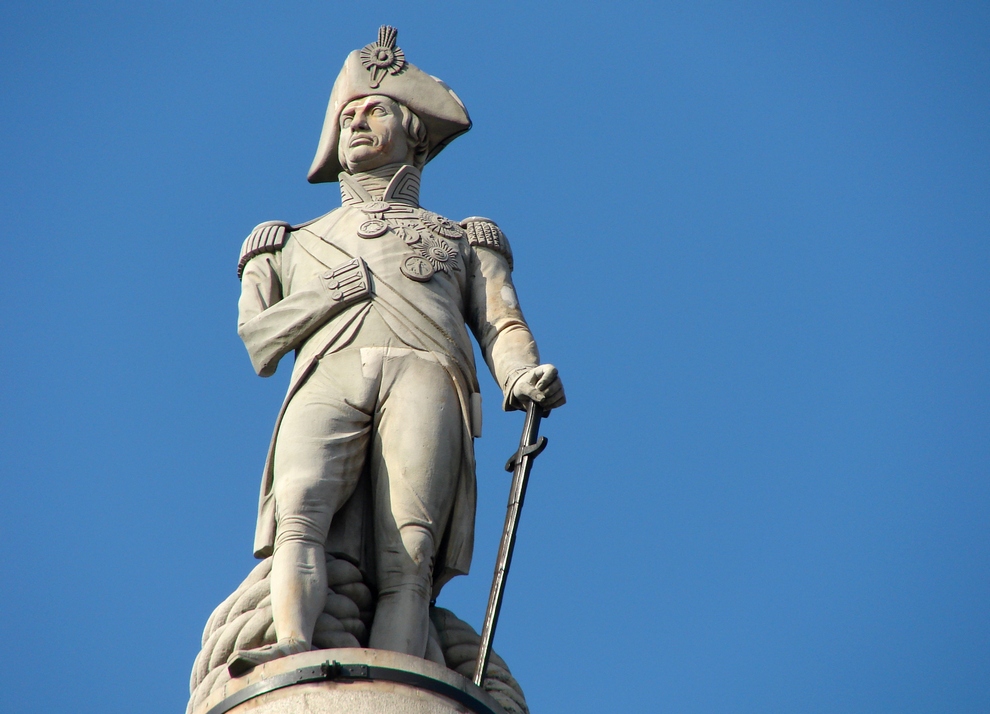
On the pedestal of the column there are 4 bronze panels, which are cast from captured French cannons, and the famous battles of Nelson are depicted on the panels: the battles of St. Vincent (1797), Abukir (1798), Copenhagen (1801) and Trafalgar ( 1905). Around the statue are sculptures of 4 lions made of granite. Each sculpture is over 6 meters high.
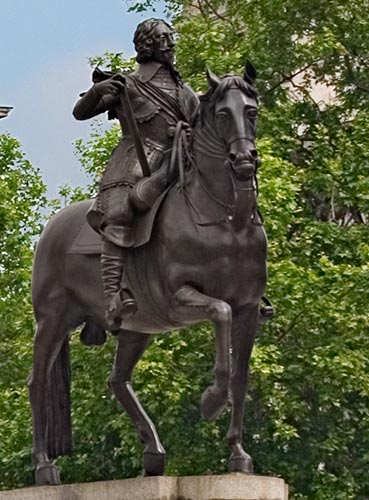
On the south side of the square is a bronze monument dedicated to Charles I, sitting on a horse. This monument is the first equestrian monument in England, it was created in 1630 by the French sculptor Hubert Le Sueur, commissioned by Lord Richard Weston.
During the civil war, the statue was confiscated and sent for melting down, but the monument was preserved and installed on the square during the reign of Charles II in 1675. Every year, a wreath is laid at the monument on the day of the execution of the king (January 30).
Previously, Charing Cross was located on the site of the monument - one of the crosses erected in honor of the stop of the funeral procession of Eleanor of Castile - the wife of Edward I - on the way to.
Then this place was known as the place of execution of the regicides. After the erection of the monument to Charles I, the so-called. a pillory where criminals were publicly punished. The site of the monument is considered the central point of the city, because. all distances in London are measured from it.
There are 4 pedestals at the corners of the square, three of which are occupied by monuments: to General Charles Napier, who annexed the Pakistani province of Sindh to British possessions in India, to General Henry Havelock, who managed to suppress the uprising in India, and to King George IV.
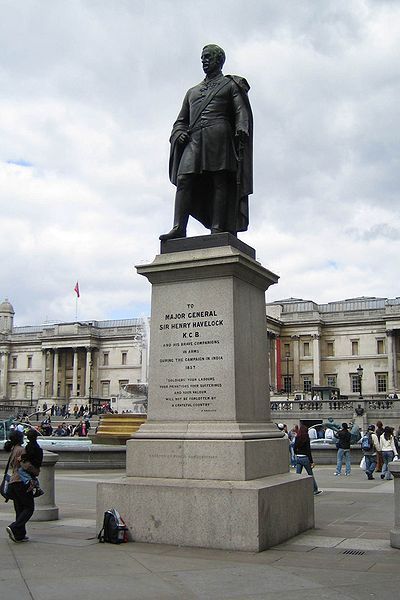
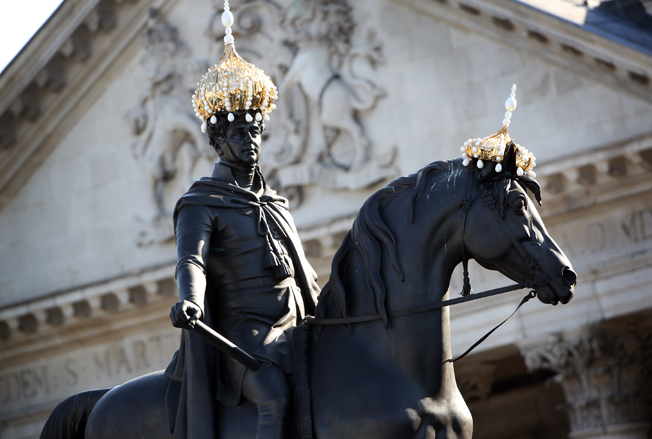
Until 1999, there was no sculpture on the last pedestal. Now it exhibits works of contemporary art that attract both tourists and local residents.
The most interesting works during the existence of the 4th pedestal as an exhibition of contemporary art were: "Nelson's Ship in a Bottle" by J. Shonibare, "Hotel Model" by T. Schütte, the figure of a boy on a toy horse by Elmgreen and Dragset, the figure of a blue rooster by K. Fritsch .
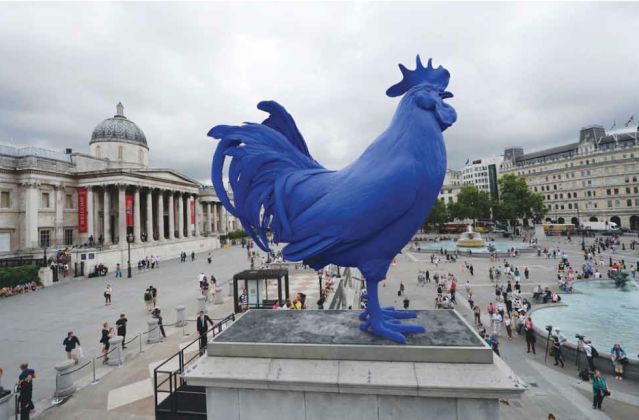
Another interesting installation was the work of the sculptor E. Gormley "One and the other", in which ordinary residents of London took part, changing each other every hour. About 2400 people visited the podium during 100 days of installation in 2009.
Surrounding the square
Of interest are the museums and other sights of London surrounding Trafalgar Square.
On the north side of the square is Londonskaya - the main collection of paintings in England. Next to it is the National Portrait Gallery, which exhibits exclusively portraits, miniatures, sculptures and photographs.

The north-east corner of Trafalgar Square is occupied by the famous London parish church - the Church of St Martin-in-the-Fields.

On the road from the square to Buckingham Palace is the five-arched Admiralty Arch, built in 1910. Now it houses some government offices.
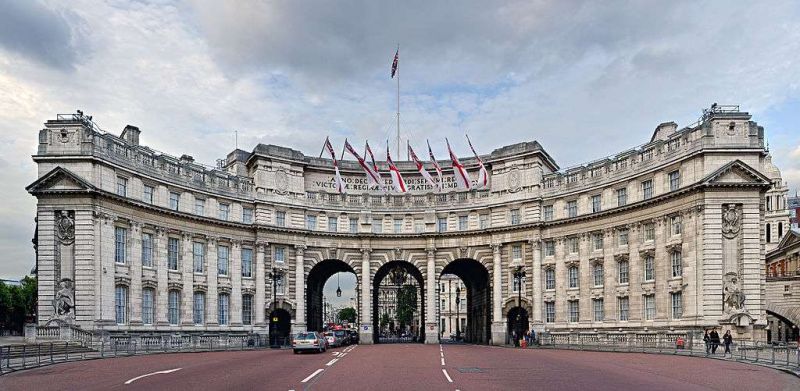
There are also some embassies around Trafalgar Square.
Events on the square
Trafalgar Square has always been a place of political rallies, demonstrations and protests. For example, in the 80s of the XX century, protests against the policy of apartheid were often held here near the building of the South African Embassy.
Also, folk festivals and holidays often take place on the square. In particular, it is Trafalgar Square that is a favorite place for the residents to celebrate the New Year.
A Christmas tree is set up here, specially brought from Norway as a sign of special relations between these countries, which began during the Second World War.
The tree is lit on the first Thursday of December and turns into a gigantic shimmering wonder until January 5th, when it is disposed of.
In addition, significant events in the sports world are announced on the square (for example, 2012 Olympics in London), they also hold the opening ceremonies of competitions (Tour de France cycling), celebrate the victories of the national team, etc.
Trafalgar Square used to attract residents with a huge number of pigeons. Here, on the square, they sold food for birds, and walking people fed them with pleasure.
When the number of pigeons became threatening for the cleanliness of the city center and the health of the inhabitants of nearby houses, they first banned the sale of bird food, and then banned the process of feeding them. Currently, there are practically no pigeons on the square.
If you are going to visit the capital of England, Trafalgar Square should not slip out of your sight, because. here are numerous attractions, cultural sites and, of course, the atmosphere of the very "heart" of London.

